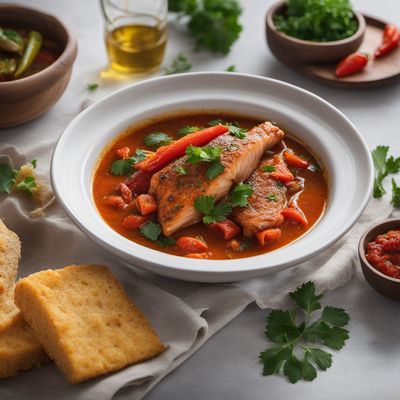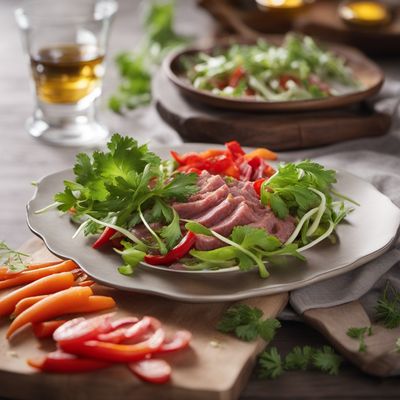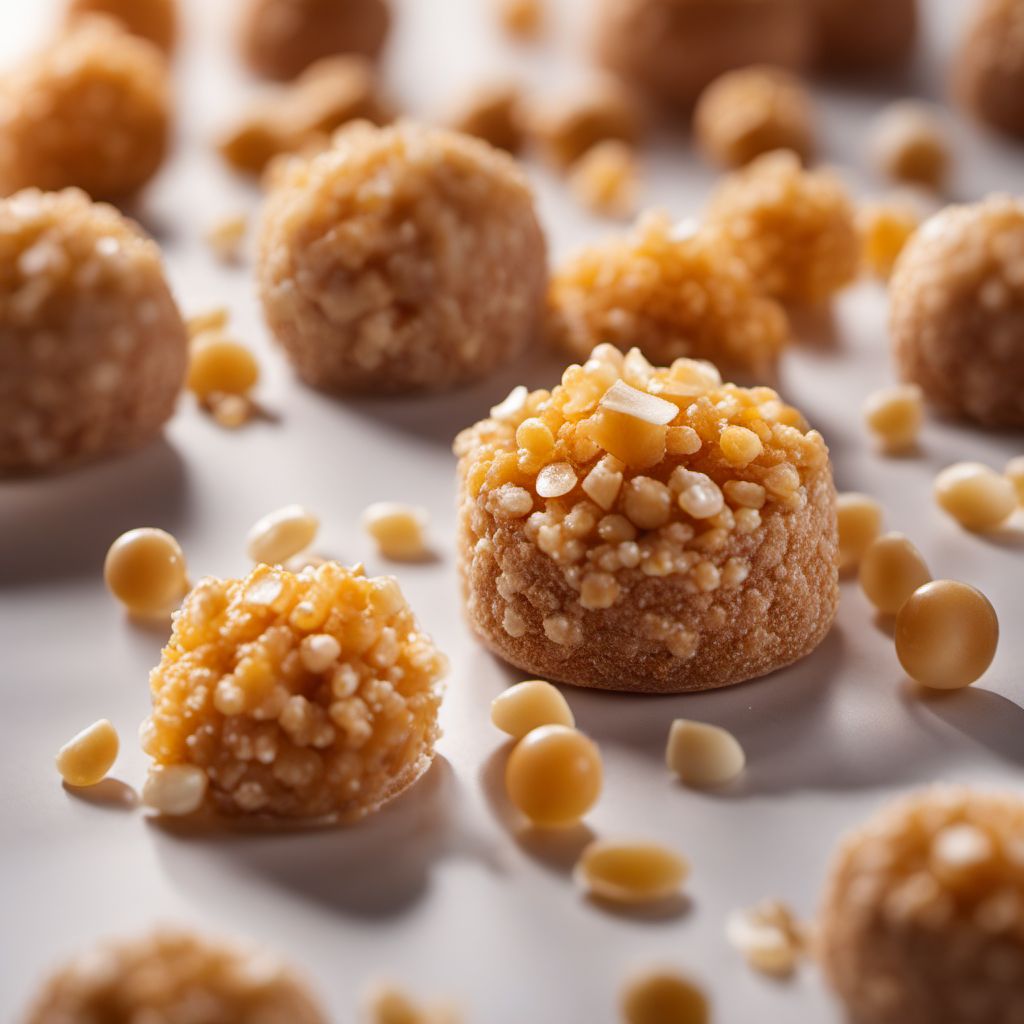
Ingredient
Fudge
Decadent Delight: Unveiling the World of Fudge
Fudge is a sweet confection made by combining sugar, butter, and milk or cream. It is cooked to a soft-ball stage and then beaten until it reaches a smooth and creamy consistency. Fudge can be flavored with various ingredients such as chocolate, vanilla, nuts, or fruits. It has a dense and chewy texture with a rich, sweet taste that melts in your mouth.
Origins and history
The exact origin of fudge is uncertain, but it is believed to have originated in the United States in the late 19th century. It gained popularity through the sale of fudge at fairs, carnivals, and candy shops. Fudge-making became a popular activity in households, and different variations and flavors emerged over time. Today, fudge is enjoyed as a sweet treat and is often associated with holidays and special occasions.
Nutritional information
Fudge is a high-calorie treat due to its sugar and butter content. It is best enjoyed in moderation as an occasional indulgence. The nutritional content may vary depending on the specific recipe and added ingredients.
Allergens
Contains dairy (butter and milk/cream). May contain nuts or other allergens depending on the recipe or added ingredients.
How to select
When selecting fudge, look for pieces that are firm but still slightly soft. Avoid fudge that is overly hard or sticky. Opt for fudge that is made with high-quality ingredients and has a smooth and creamy appearance. Consider the flavor and added ingredients based on personal preference.
Storage recommendations
To maintain the freshness and quality of fudge, store it in an airtight container at room temperature. Keep it away from direct sunlight or heat sources, as it can cause the fudge to melt or become sticky. Proper storage can help preserve its texture and prevent it from drying out.
How to produce
Fudge is typically produced by combining sugar, butter, and milk or cream in a saucepan and heating it to a specific temperature. The mixture is then beaten until it thickens and develops a smooth texture. Making fudge requires precision and attention to temperature to achieve the desired consistency. It can be made at home using a candy thermometer and basic kitchen equipment.
Preparation tips
Fudge can be enjoyed as is, or used as an ingredient in other desserts. It can be incorporated into ice cream, brownies, cookies, or cakes for added richness and flavor. Fudge can also be melted and used as a topping for desserts or as a filling for chocolates or truffles.
Culinary uses
Fudge is commonly enjoyed as a sweet treat on its own or as a gift during holidays and special occasions. It is often associated with celebrations like Christmas or Valentine's Day. Fudge is also a popular souvenir in tourist destinations known for their confectionery shops.
Availability
United States, United Kingdom, Canada, Australia
More ingredients from this category
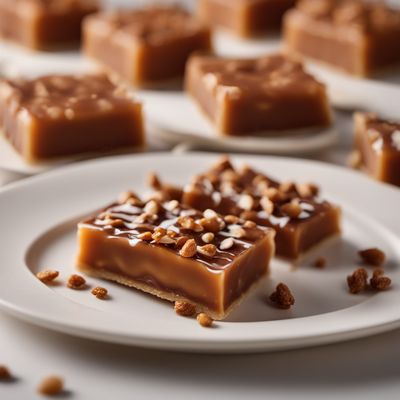
Toffee
The Irresistible Sweetness of Toffee
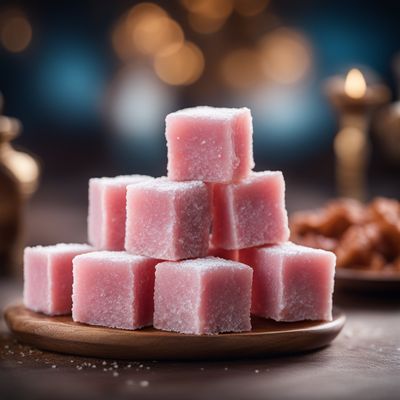
Loukoumi
"The Sweet Delight: Exploring the World of Loukoumi"
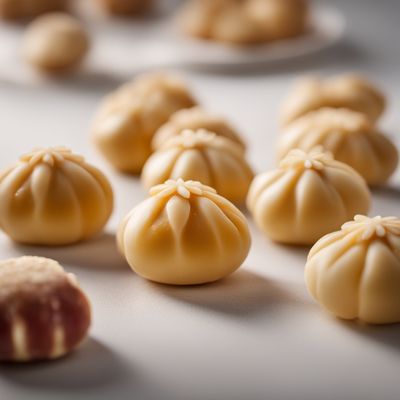
Marzipan
The Sweet Almond Confection

Nuts-seeds based halva
A Nutty Delight: Unveiling the Richness of Nuts and Seeds Halva
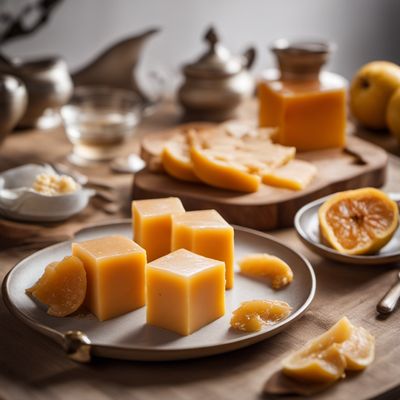
Quince cheese
The Golden Jewel of Preserves

Nougat
The Sweet Delight of Nougat

Sugar cotton
"The Sweet Delight: Exploring the World of Sugar Cotton"
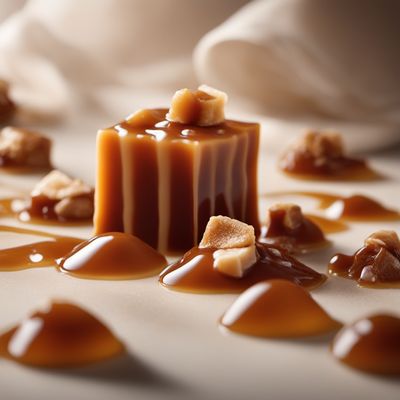
Caramel, hard
"The Sweet Delight: Exploring the World of Hard Caramel"
